 by Jessica Dunlap
by Jessica Dunlap
Jen Wang’s newest graphic novel, The Prince and the Dressmaker, is about a young boy who enjoys wearing dresses and his best friend/seamstress who helps him achieve his high-fashion dreams. Recently, the Beat spoke with Wang about her inspirations, her process, and how her mom influences the way she writes.
Jessica Dunlap: How did you get started with drawing?
Jen Wang: I think I always liked to do it. The first time I can really remember thinking about narrative storytelling was when I watched The Little Mermaid when I was a kid. I remember thinking that it was somebody’s job to do, to draw everything. There was just something really magical about it that I wanted to be able to do. I thought that was something I could do for my job. Like, be able to draw a character like Ariel and make her feel real and make her feel like somebody you really care about.
Dunlap: Were Disney princesses the inspiration for The Prince and the Dressmaker?
Wang: Kind of, yeah. I think my earliest inspirations for drawing were watching Disney movies and 90s-era Disney cartoons. I wanted to do something for a while that was something like that, but just more relevant to what I was thinking about now, something that I felt like would be more engaging to me now. I combined it with a couple other ideas I had, a fairy tale and a queer concept that I felt would be really fun to do and would also be something that I could make for a 14-year-old version of myself.
Dunlap: Was fashion an interest that you had, too, or was that something that you had to research for the story?
Wang: I’m generally interested in fashion. I’m not a very dressy person myself. I like looking at it, but I don’t know how to sew. I have tried, but I think I’m too sloppy to really be a good seamstress. I spent a lot of time looking through resources for historical costuming nerds. There are a lot of people who are very, very specific about different eras. That was a really good resource. There were a lot of Instagrams and a lot of Pinterests that collect scans and photographs and outfits from very specifically that late-19th century period. You could search by the decade and you could break it down by hats, shoes, buttons and just really specific things. That was actually really fun.
Dunlap: Are dresses in the book are inspired by historical outfits?
Wang: I would say that a lot of the research was to see what people were generally wearing at the time. I wanted the outfits that Frances designs to feel very modern, to feel like things that you could wear now, or that a teenager now would think were cute. So those I took a lot of license with. I wanted to have that contrast with things that felt very of its time, maybe even stuffy. The silhouettes of the time were very much a very small waist and big bustles, which I think are a thing that we are not really into now. I think I would take inspiration and use it for the background characters and to give you the context of how freeing and how much more fun Frances’s dresses are.
Dunlap: Do you have any plans for a sequel so we can see what Frances and Sebastian are up to?
Wang: I don’t really have any current plans, but I’m open to inspiration striking. I wouldn’t want to go back to the story unless I have a very solid idea that I feel is worth making a sequel of it, but that just means I don’t really know.
Dunlap: Do you have anything that you’re working on right now?
Wang: I’m working on another book, but I don’t know how much I can talk about it. It will be very different from The Prince and the Dressmaker. It’s a very grounded in reality story, a contemporary story about a friendship between two young girls. Hopefully that comes out next year.
Dunlap: One of the things that really resonated with a lot of people was the exploration of gender and sexuality. Is something that you’re going to continue looking at in your future work?
Wang: I think it’s just in the backdrop of a lot of what I think about, a lot of my personal experiences, so I think queer themes, outsiders, people trying to figure out who they are, are always going to be a theme.
Dunlap: What has the response been like?
Wang: It’s been awesome! I think the thing that I really appreciate the most is how many kids are actually reading the book. A lot of people send me photos of their own kids reading it, or if they’re teachers or librarians they tell me about really young people reading the book. Even like really, really little kids who are definitely not quite reading yet, but they just find the story kind of engaging. I think it’s really nice that there are parents and teachers and mentors out there who are thinking of a book like this being appropriate and positive for young readers to remind that them that they will be supportive of whatever they want to be.
Dunlap: What’s your process like, since you wrote and drew and colored the book yourself?
Wang: I write a script first, or I write an outline and then the script. It’s very typed up, it’s like reading a play or a screenplay. I used to not work this way, but after I worked on In Real Life, the graphic novel I co-wrote with Cory Doctorow, because we both had to be on the same page about what was going on, I started writing scripts. I found that it was easier for me to get to fix everything in that stage before I started drawing, so I didn’t have to throw away any drawings and scrap everything. After I have a script I like, I thumbnail really loosely and then do the penciling and inking and coloring. I still do everything on paper except for the coloring. I do that in Photoshop, which I think is probably a little old-fashioned at this point. I feel like a lot of my peers are definitely doing everything digitally on the tablet and I should probably do that because it would save me so much time. But I think it’s because that’s how I’ve always done it, it’s just so easy for me to get into thinking it out on a piece of paper.
Dunlap: Are there any challenges to being responsible for the whole book yourself?
Wang: It’s hard to compare because I’ve mostly done work that I had to do everything for. I’ve written an Adventure Time short mini-series and a Lumberjanes short comic where another artist did all the artwork. That was really fun to work that way for the first time. I would say the challenge is mainly just that you get really burned out by having to do everything. It would be cool to step away from having to do everything, but part of it is because it’s always easier to be the person who also did the inking and the layouts and the coloring…I think it’s because that’s how I started doing comics. When I was doing web comics, of course I was doing everything because I was the only person. I fell into the track of doing comics that are typically made by one or two people at the most. I think that’s just how I trained to do comics. I’ve been very lucky that those are the jobs that are also available.
Dunlap: I was talking to a woman at a panel and she had a copy of The Prince and the Dressmaker. She was really excited to read it because she felt like it was something that she could understand as a new comic reader. Is that accessibility something that you think about when you’re creating?
Wang: I didn’t use to think about it very much. The first book I did, called Koko Be Good, my mom tried to read it when it came out, and she didn’t know how to read it because of the way the panels and the word bubbles were laid out. It was just a little confusing to her. After that, I always wanted to keep that in mind. Like if my mom can read this, then that’s good. I want my comics to be accessible for anyone who wants to read them. so that’s something I am very conscious about whenever I do them. I keep trying to improve them little by little, not making them too complicated in terms of layout and making sure everything is legible and spaced out so people can follow along.
Dunlap: The Prince and the Dressmaker is about following your dreams. What would be your dream project?
Wang: I don’t know, I feel like I’ve already gotten to do so much. The Prince and the Dressmaker was the most fun I’ve had working on a comic since high school probably. It just felt like working on one of those really indulgent comics that I’ve always wanted to do. I think I would just like to try different kinds of comics. I would like to try some for much younger readers and I would like to try something for adults and just be able to have the flexibility to play around with it.


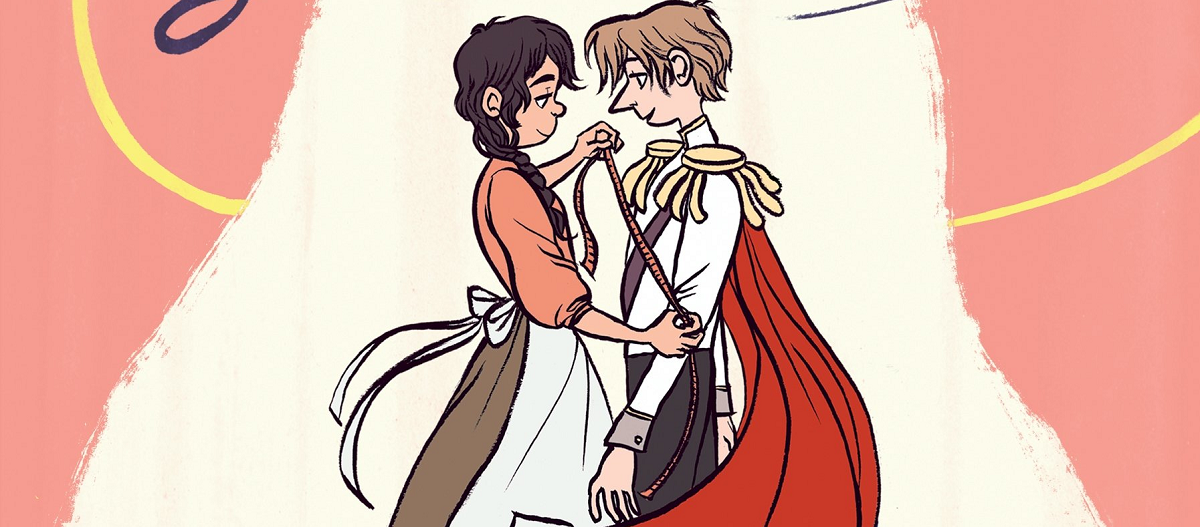

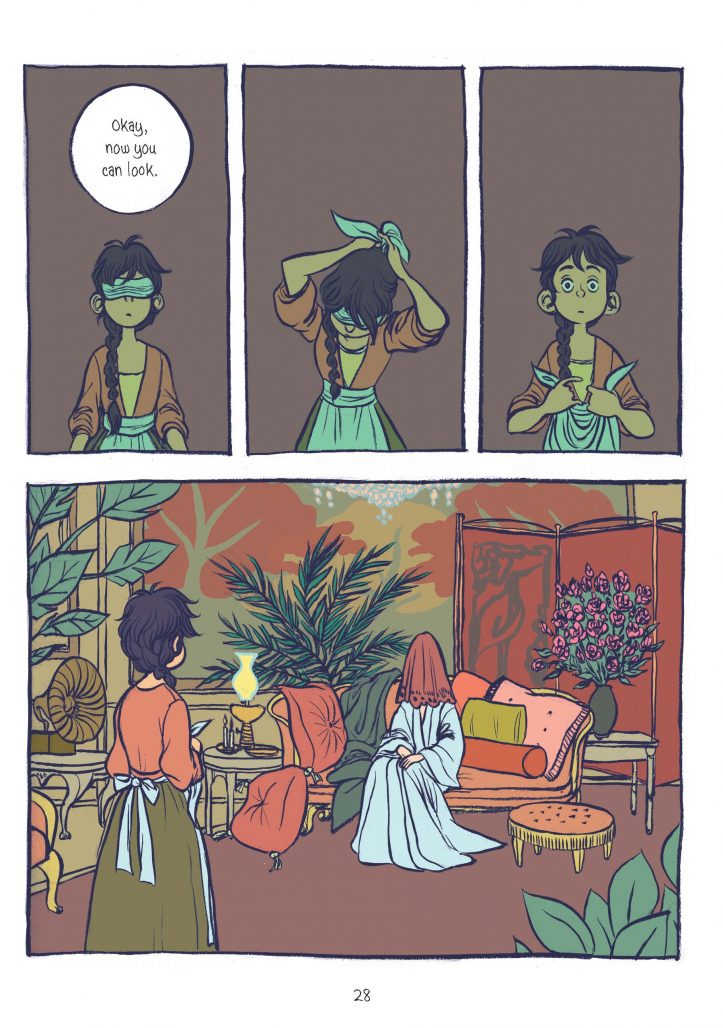
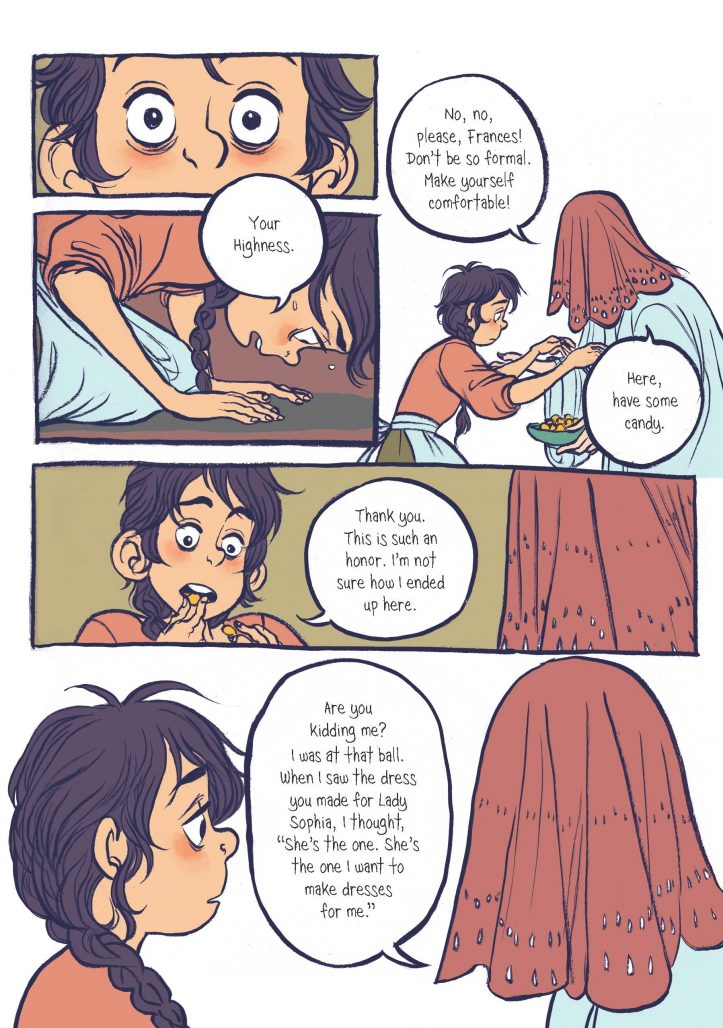
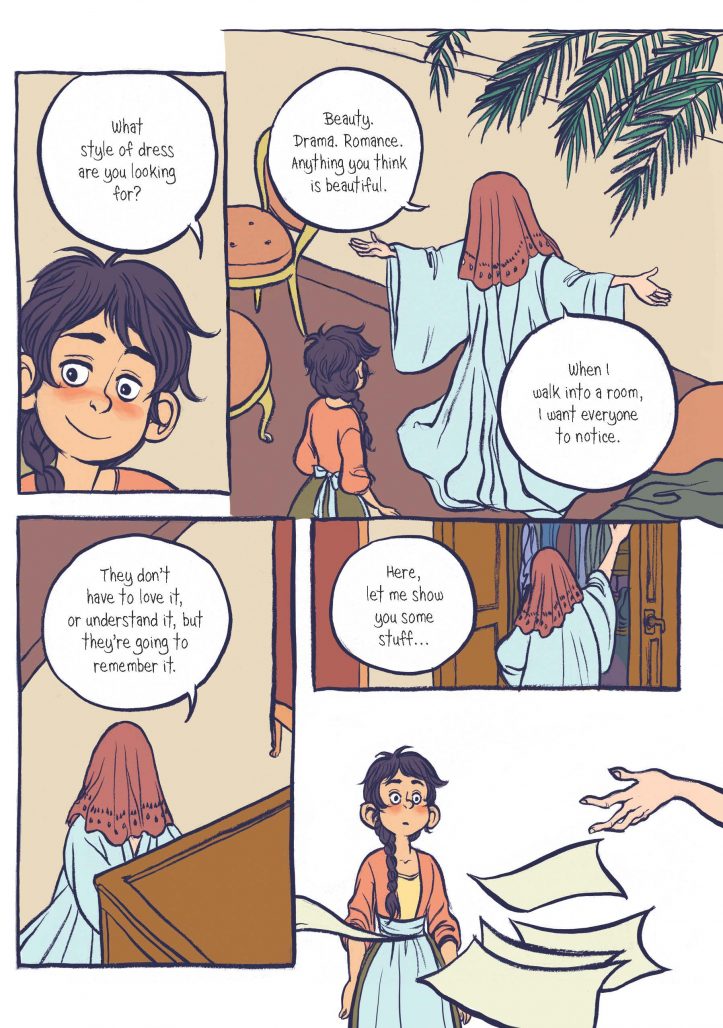
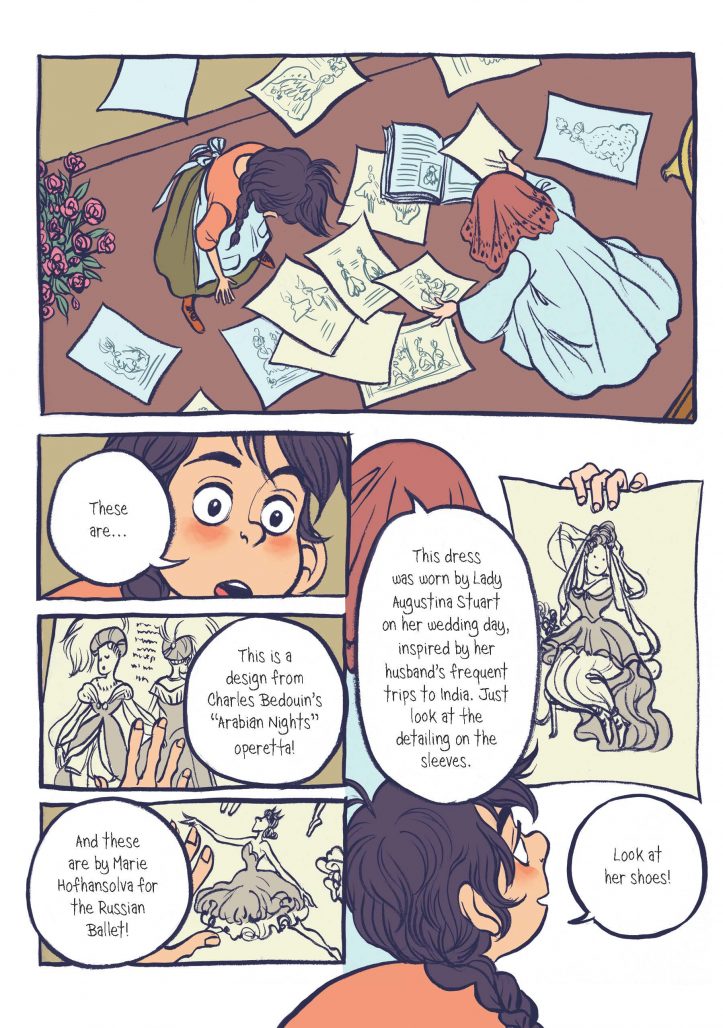
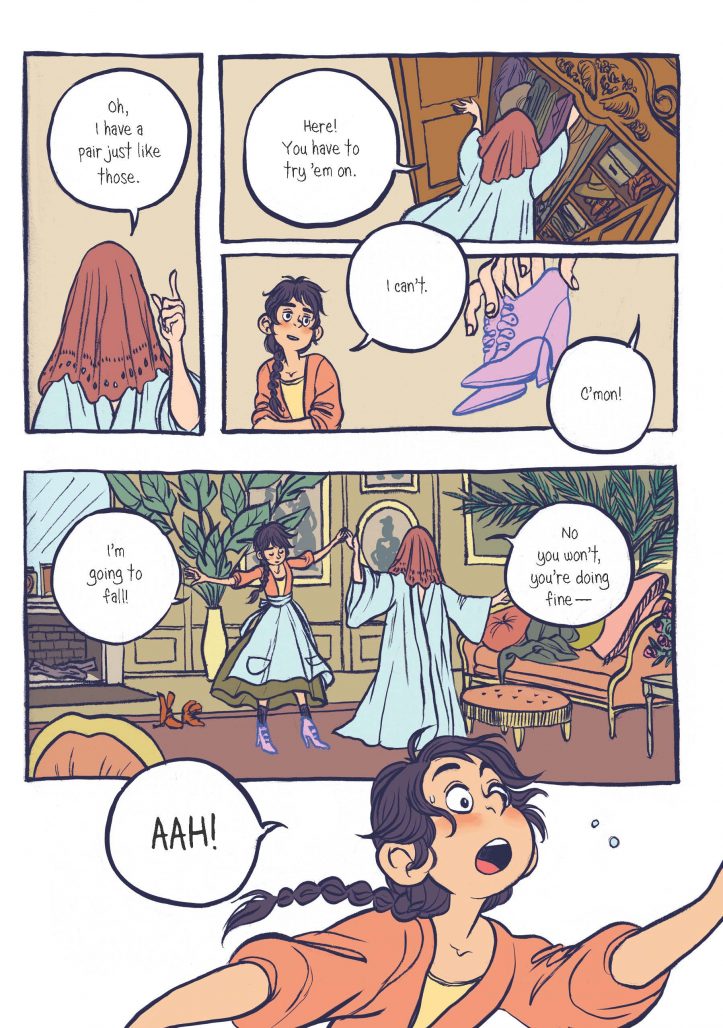
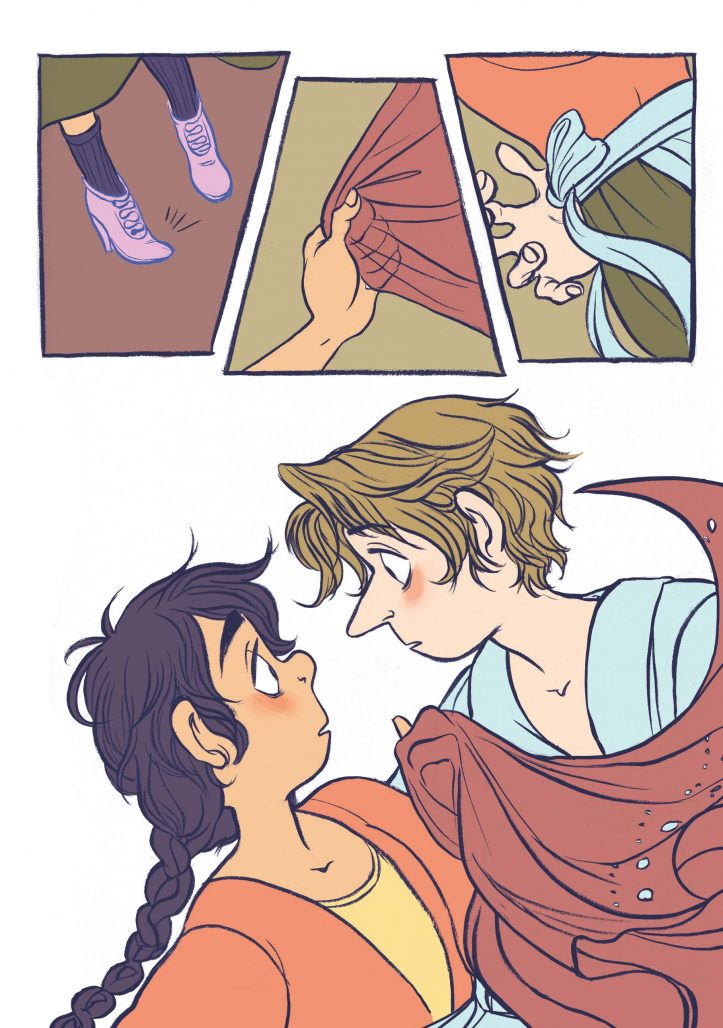






I’ll look forward to reading this. Looks really smart.
This book is totally amazing!
Comments are closed.